
The Franklin Christoph Pocket 66 came out in 2015 and is the smaller (shorter) version of the popular Stabilis 66 desk pen. The internet went all a-craze with its release, particularly in the solid ice finish with most users eyedroppering it to see the ink “stick” to the uneven ice finish of the body.
I lusted after this pen for months, but I was unable to commit, as I was on a self-imposed pen purchasing hiatus (3 weeks in Japan which resulted in a lot of pen purchases. I don’t want to say how many, as my husband reads this blog and I’m also a little ashamed). After months of whinging about how much I wanted the pen, my husband bought it for me – sick of having to hear about it. He’s a good man.
I purchased this with the Masuyama ground medium stub. I had tracked this baby with fanaticism (refreshing the Fedex page every few minutes, complaining about the route it was taking, complaining about how long it was spending in each port) and as soon as it had arrived I inked it up with the stock cartridge and impatiently waited for the ink to flow through the feed.
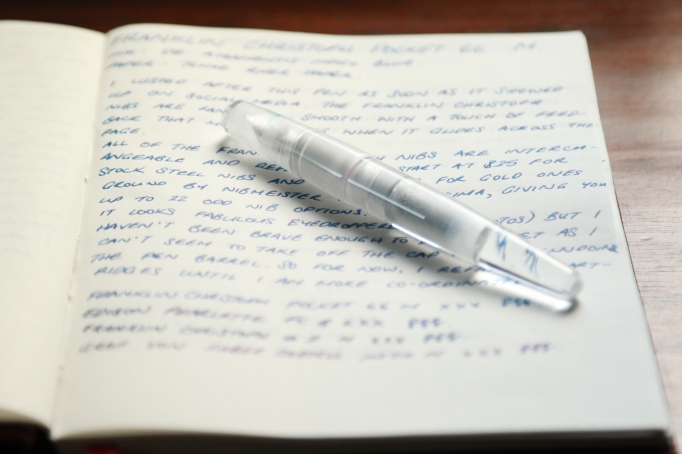
When I first wrote with the ground stub, it was a disappointment – very very scratchy. It took a lot of patience to wait till home time to smooth it out with some mylar paper. Once smoothed, it was lovely to write with, to the point where when the cartridge was finished, I was really upset I had to clean it out.
I have since discovered that stub nibs aren’t really my thing, I prefer a normal line with my writing, and have since swapped out the stub for a standard medium. Franklin Christoph nibs are such a joy to write with, I have had few problems with them and this one is no exception. It is smooth but with the tiniest bit of feedback which makes a lovely noise when writing on Tomoe River Paper – I like to think of it as the nib singing.
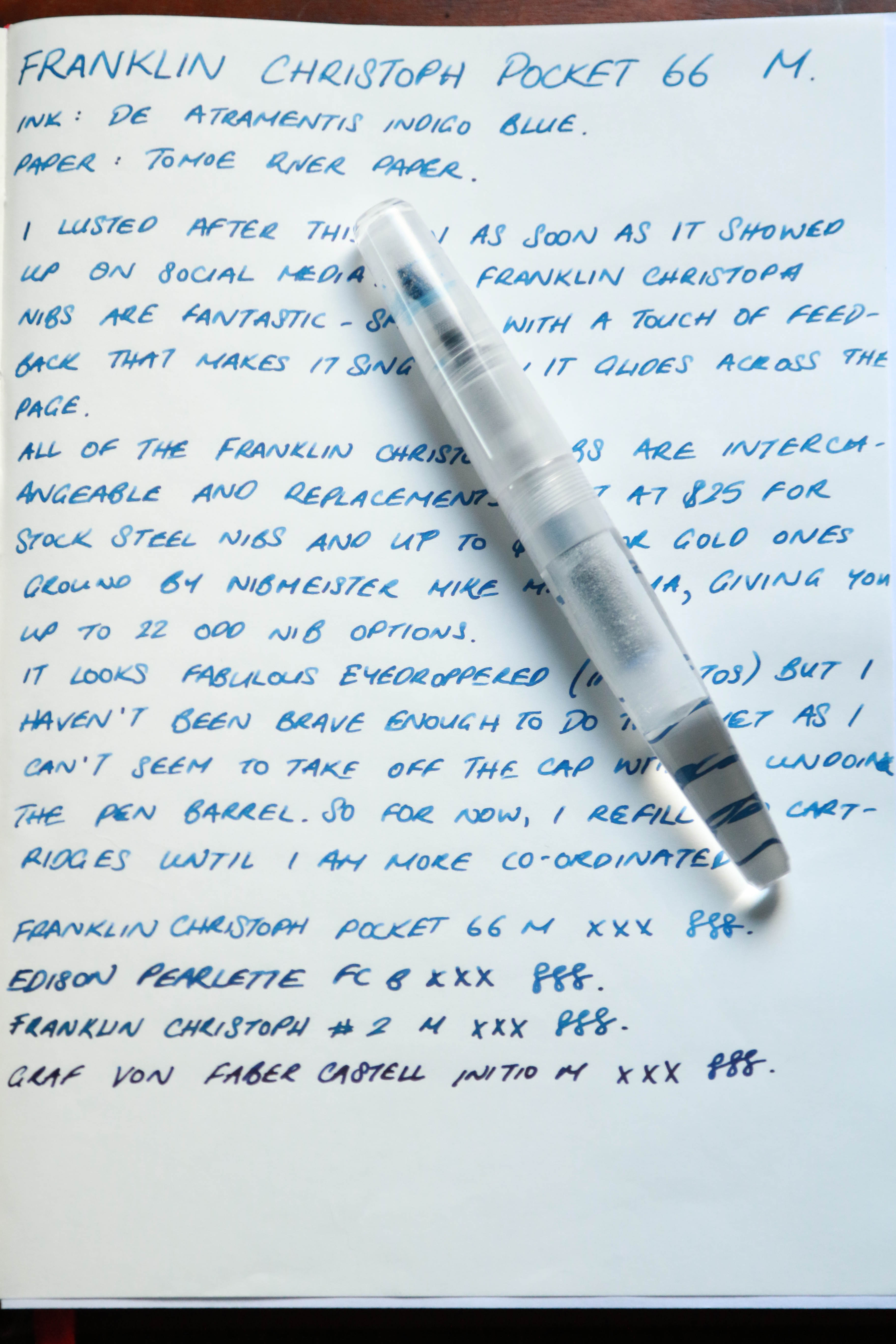
As for eyedroppering – well as you can see from the photos, I’ve not committed yet. There are a few reasons – I’m overly worried about the barrel staining. My OCD self would not be able to let it go and until I can guarantee that it won’t, I can’t yet commit. The second, and more important, reason is that whenever I open the cap, 9 times out of 10 I manage to loosen the barrel as well. Not an issue when you use a cartridge, but significantly more problematic if you have eyedroppered the thing.
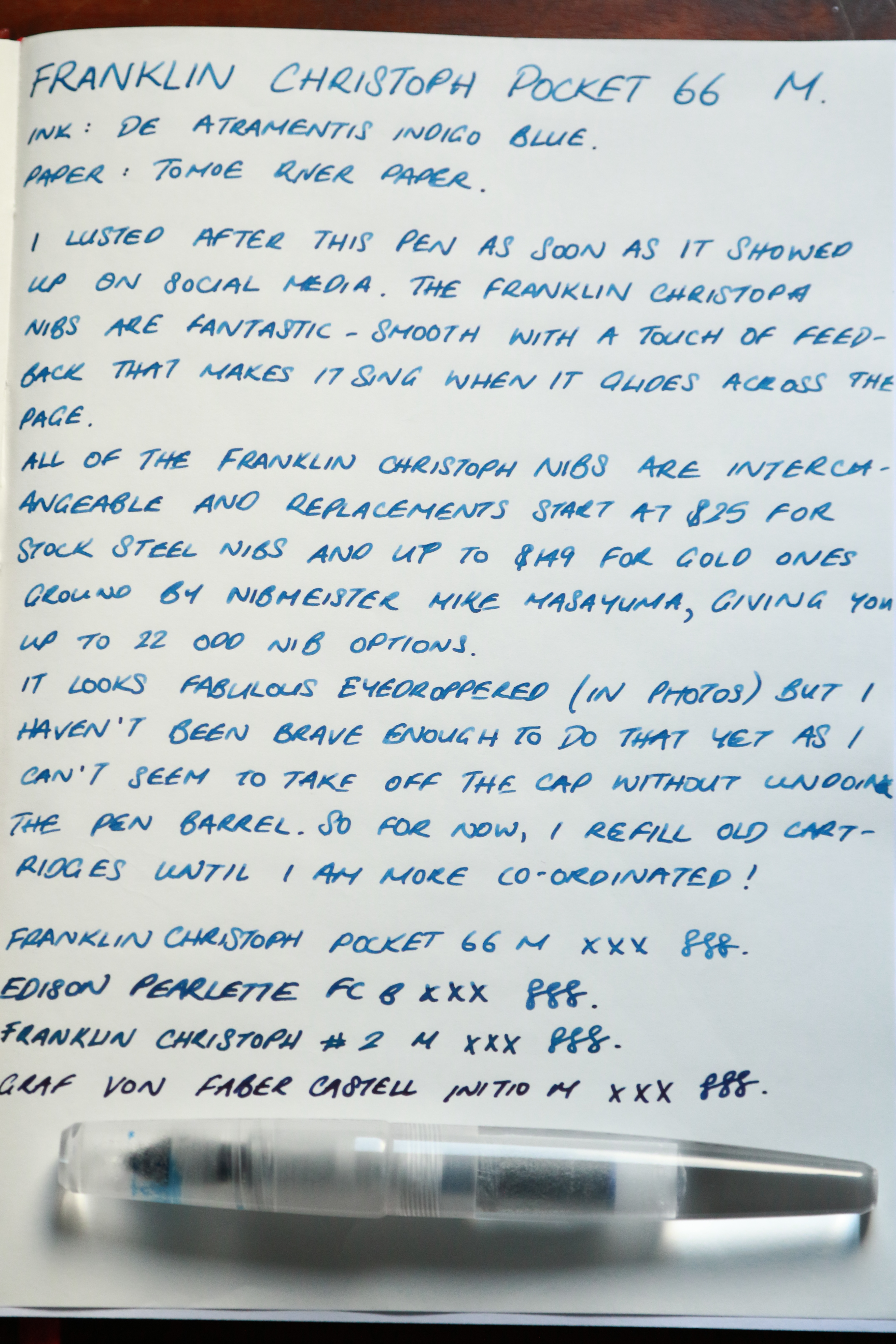
The only thing that might be worth noting is that, although it is called “pocket” its not really that small a pen. It is in fact longer than a Pilot Prera and only marginally shorter than the Marietta 20.
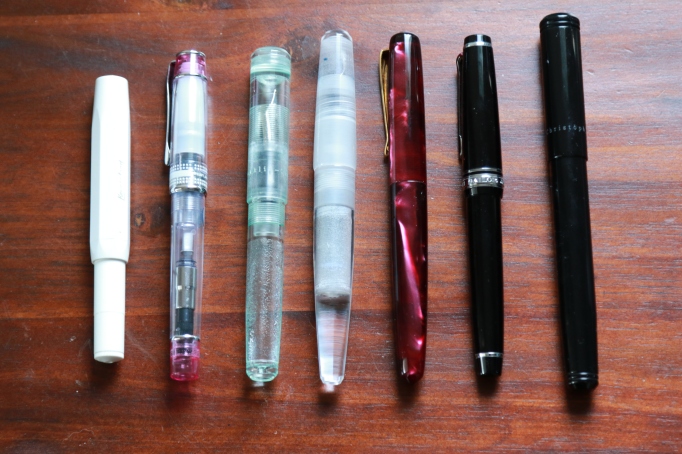
From Left to Right: Kaweco Classic Sport, Pilot Prera, Franklin Christoph Pocket 20, Franklin Christoph Pocket 66, Edison Pearlette, Sailor Sapporo, Franklin Christoph Marietta 20
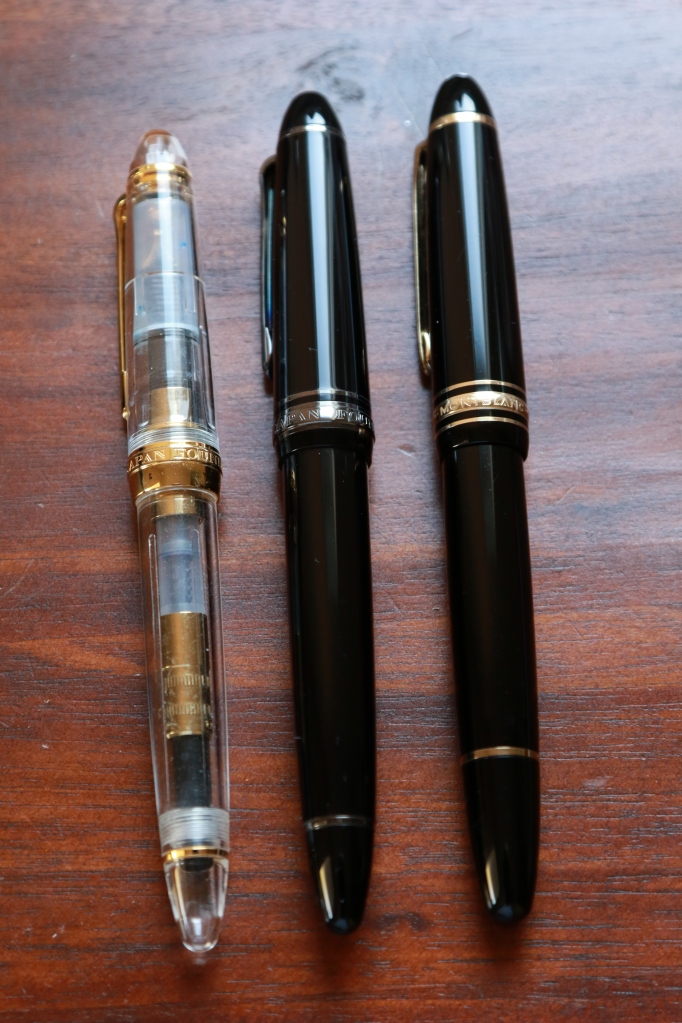

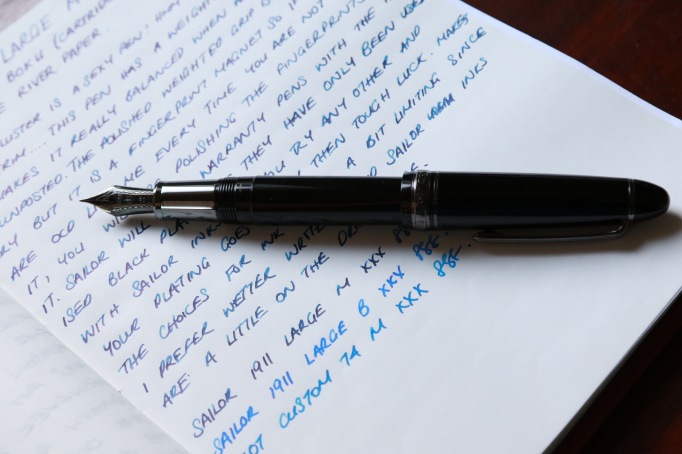

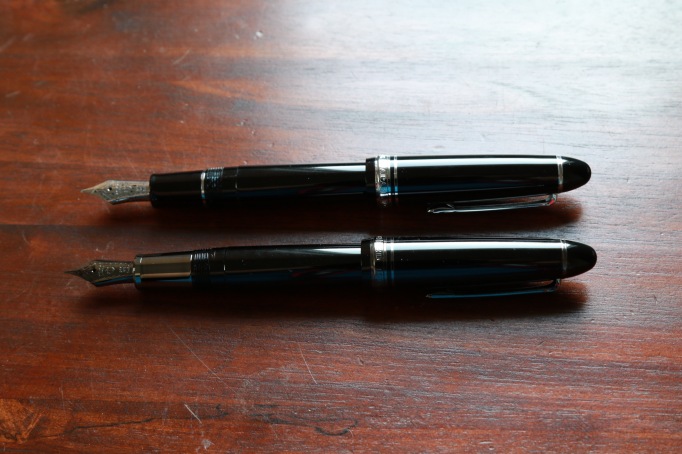
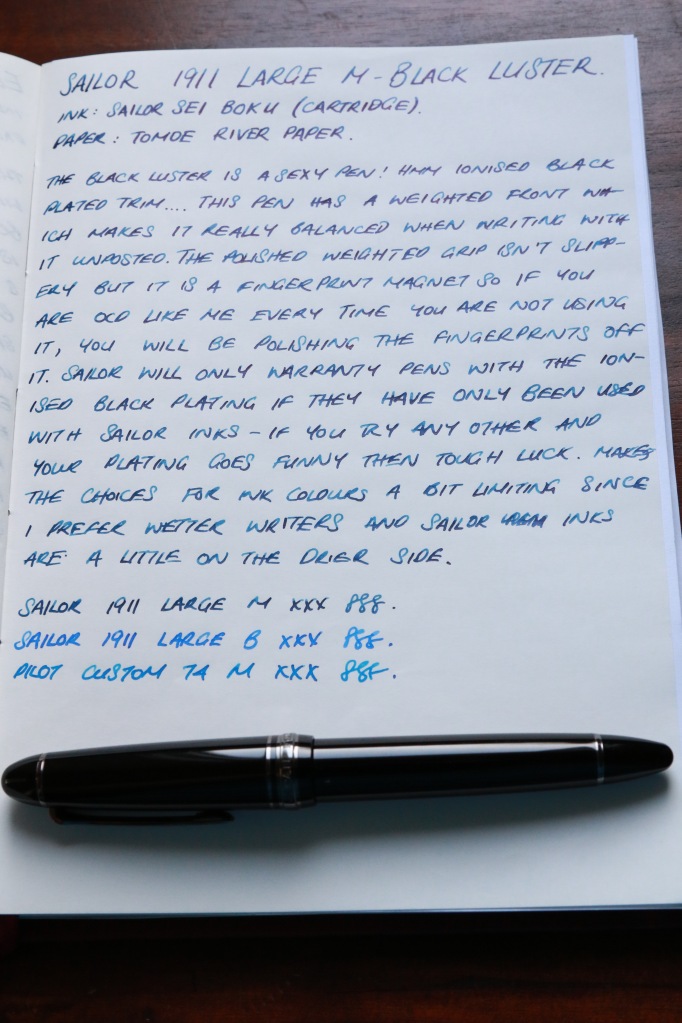
You must be logged in to post a comment.